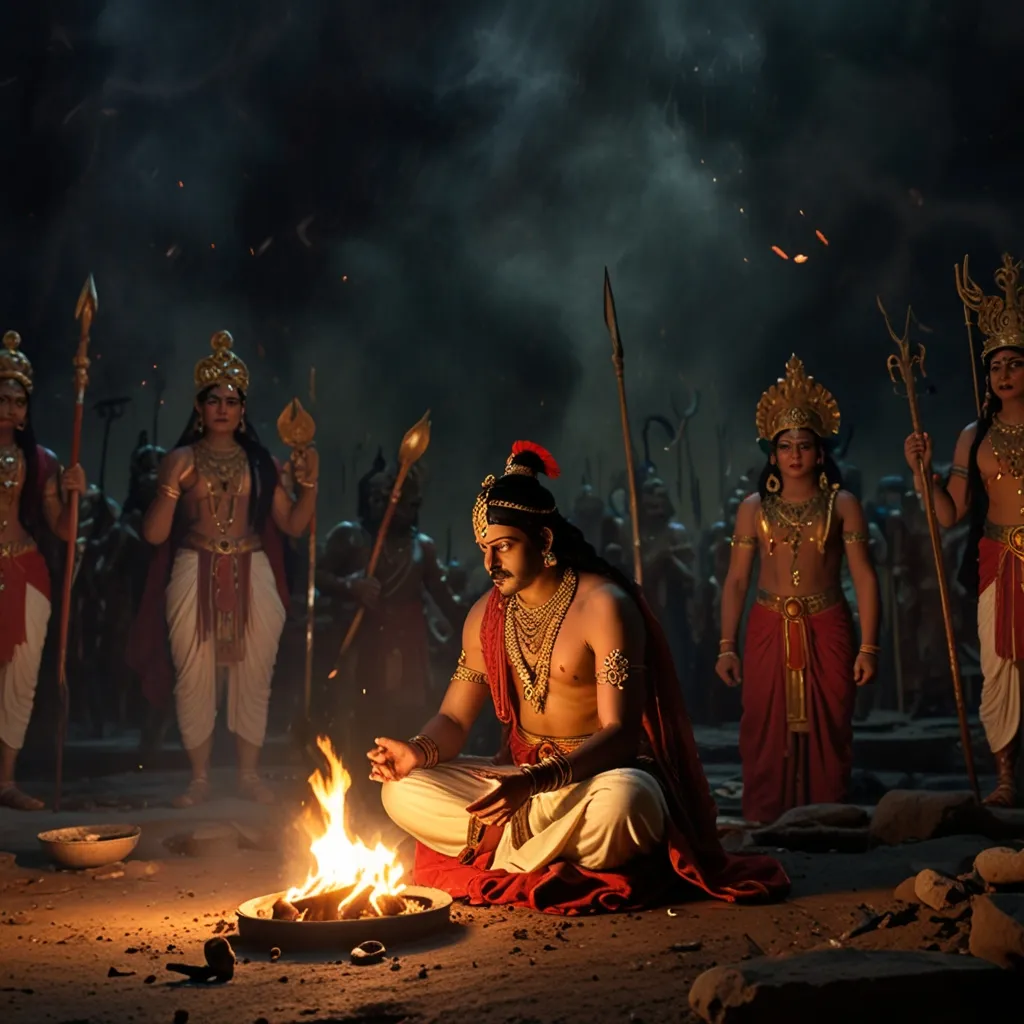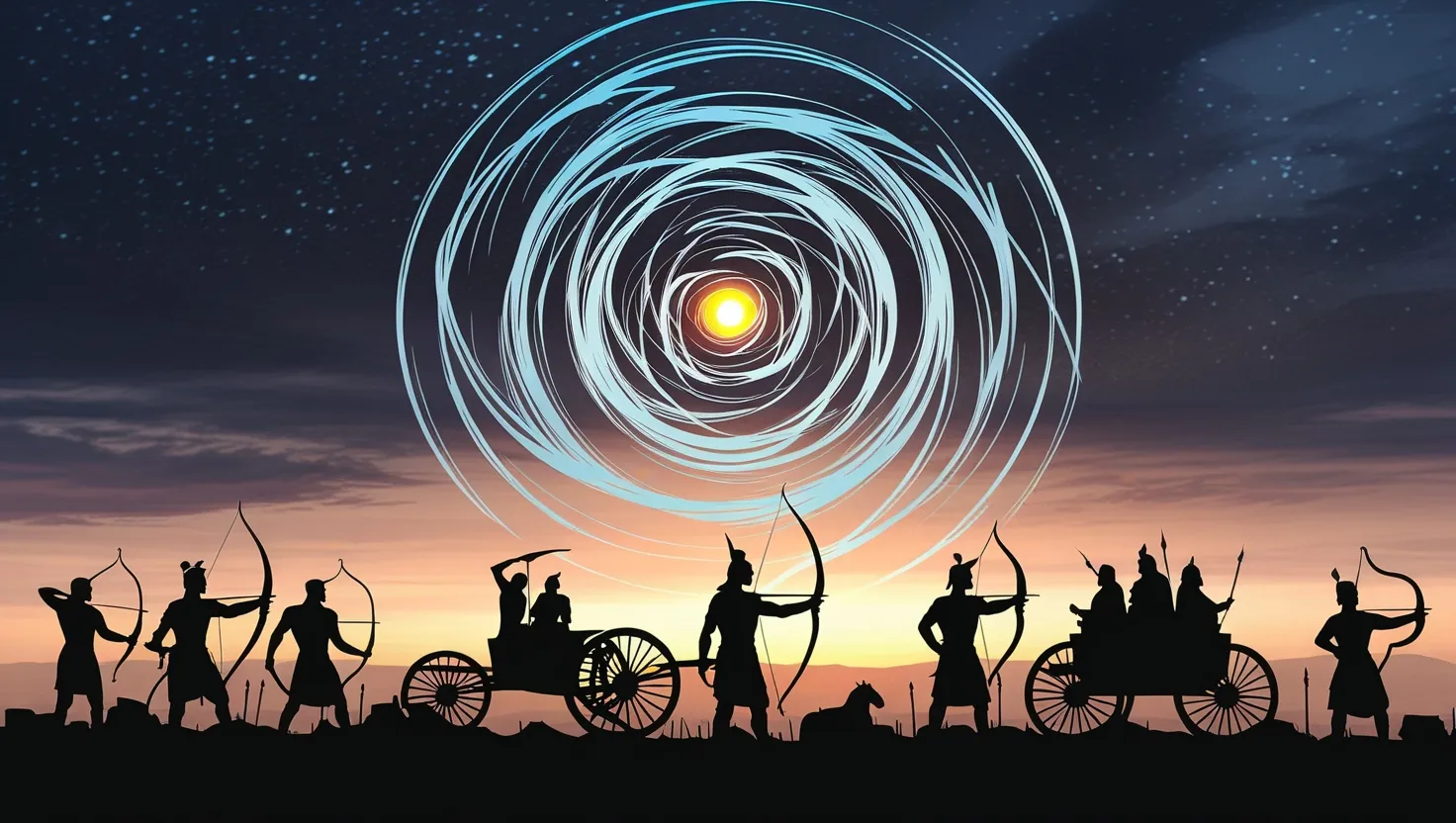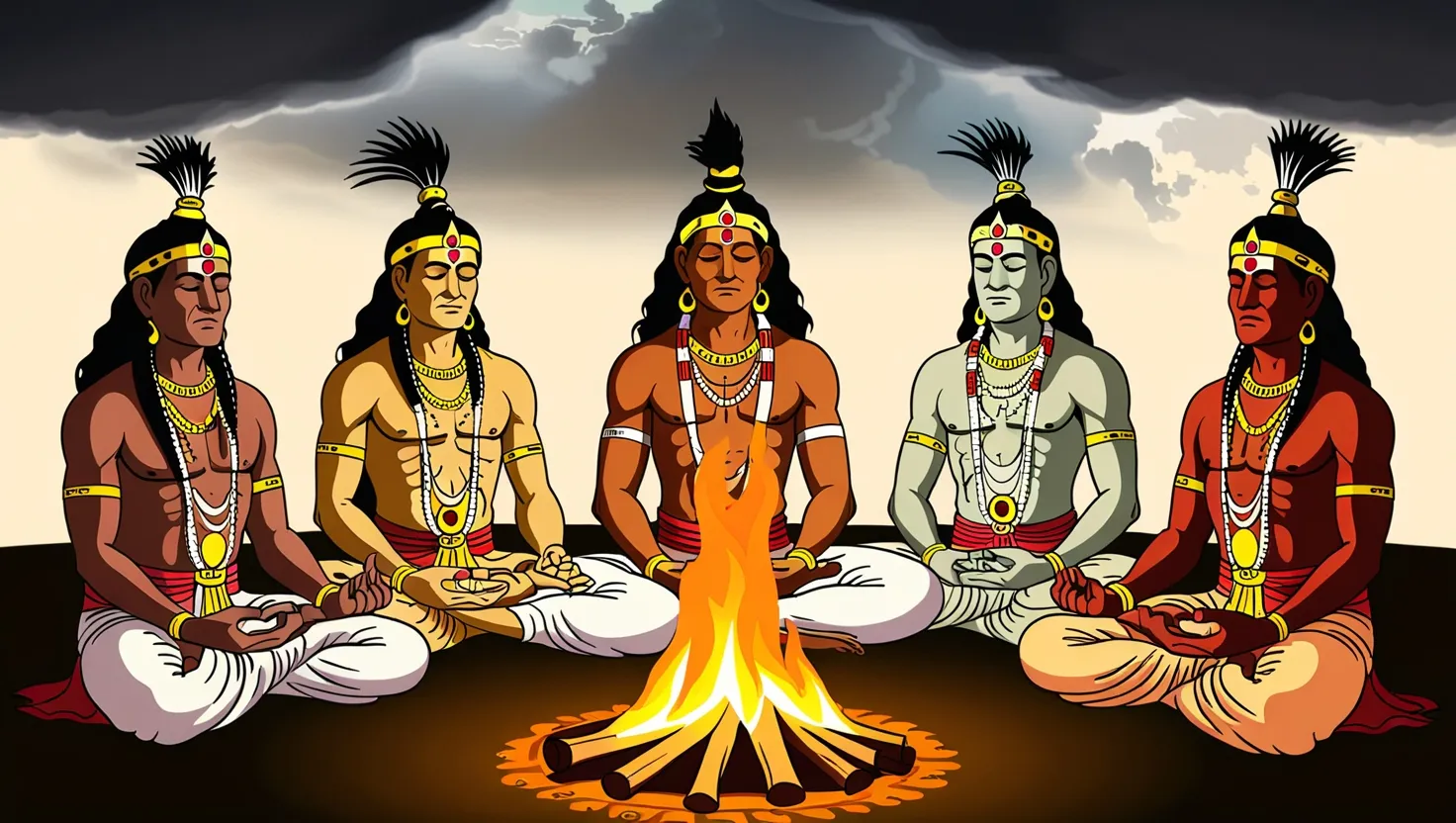As we delve into the rich and diverse world of Hindu philosophy, we find ourselves at the threshold of the Darshanas, six classical schools of thought that have shaped the intellectual and spiritual landscape of India for centuries. These Darshanas – Nyaya, Vaisheshika, Samkhya, Yoga, Mimamsa, and Vedanta – offer distinct yet complementary perspectives on the nature of reality, consciousness, and the path to liberation.
To begin with, let’s consider the term “Darshana” itself, which means “to see” or “to experience.” This is more than just a metaphor; it reflects the core idea that these philosophical schools are not just intellectual exercises but pathways to experiential knowledge. Each Darshana provides a unique lens through which to view the world, encouraging a multifaceted approach to understanding life’s most profound questions.
Nyaya, for instance, is the school of logic, founded by the sage Gautama Maharishi. It is renowned for its rigorous method of inquiry, emphasizing the importance of direct perception, inference, comparison, and testimony in understanding truth. Nyaya’s approach is systematic and step-by-step, breaking down arguments to ensure their validity. This school has significantly influenced Indian philosophy, teaching us how to debate effectively and discern reality from illusion.
Vaisheshika, an offshoot of Nyaya, delves into the natural world with a focus on atomism and naturalism. It posits that the universe is composed of tiny atoms and that everything can be understood through the principles of causation and the interaction of these atoms. Vaisheshika also emphasizes the role of knowledge derived from experience, highlighting the importance of empirical evidence in our quest for understanding.
Samkhya, one of the oldest schools, presents a dualistic view of the universe, separating reality into two fundamental categories: Purusha (pure spirit) and Prakriti (matter). According to Samkhya, the universe is not created by an external force but arises from the interaction of these two eternal entities. This school is particularly known for its detailed analysis of the human condition, explaining how suffering arises and how it can be alleviated through the cessation of actions that create karma.
Yoga, closely related to Samkhya, combines metaphysical theories with practical techniques such as meditation and breath control. Founded by Patanjali, Yoga aims to calm the mind and achieve a state of inner peace. It is not just a physical practice but a comprehensive system that includes ethical guidelines, postures, breath control, and meditation to help the individual attain spiritual freedom.
Mimamsa, often overlooked but equally significant, focuses on the ritual and sacrificial aspects of Hindu life. It was developed by Jaimini, who sought to provide a philosophical rationale for the Vedic rituals that were prevalent during his time. Mimamsa emphasizes the importance of Dharma, or righteous living, and argues that the performance of Vedic rituals, combined with an ethical life, is the path to salvation. This school also explores the concept of karma, suggesting that liberation comes when the soul no longer has the need or desire to act.
Vedanta, perhaps the most widely recognized of the Darshanas, is a broad and complex school that encompasses various traditions. At its core, Vedanta is concerned with the nature of the ultimate reality, often referred to as Brahman, and the individual self, or Atman. The Advaita Vedanta tradition, popularized by Adi Shankara, posits that Atman and Brahman are ultimately one, and realizing this unity is the key to spiritual liberation. Vedanta encourages a disciplined way of life, including practices like meditation, to help the individual experience this profound truth.
One of the fascinating aspects of the Darshanas is how they interact and complement each other. For example, while Nyaya provides the logical framework for understanding, Vaisheshika offers a scientific approach to the natural world. Samkhya and Yoga work together to explain the dual nature of reality and provide practical methods for achieving liberation. Mimamsa grounds these philosophical ideas in the everyday rituals and ethical practices of Hindu life, while Vedanta synthesizes these various perspectives into a unified vision of the ultimate reality.
Each Darshana has its own cosmogony, or theory of creation, which reflects their unique worldview. For instance, Arambha-vada suggests that the universe is created, while Parinama-vada posits that the universe transforms but is not created or destroyed. These theories are often illustrated through analogies, such as the spider weaving its web, which symbolizes how the world emerges from and dissolves into the absolute without transforming it.
The Darshanas also differ in their acceptance of the Vedas as the highest authority on truth and their views on the existence and nature of a unitary Godhead. However, they all share a common goal: to understand the true nature of the world, the Self, and to speculate on achieving salvation or Moksha.
In exploring these schools of thought, we find that they are not merely historical concepts but living philosophies that continue to inspire and challenge us today. They encourage us to question what we think we know about ourselves and the universe, offering practical wisdom for our spiritual and intellectual pursuits.
The emphasis on dharmic life, devotion, and turning the mind inward is a common thread among the Darshanas. They all lay stress on the importance of meditation and the realization of the ultimate reality. For instance, the concept of Atma-sakshatkara, or the realization of the Self, is central to many of these schools. This realization is not just an intellectual understanding but an experiential knowledge that transforms one’s life.
As we navigate through the complex and rich landscape of the Darshanas, we are reminded that philosophy in the Indian context is not just about intellectual curiosity but a way of life. These schools offer more than just theories; they provide tools for living, guiding us on how to think, act, and find meaning in our existence.
In conclusion, the Darshanas are more than just six schools of thought; they are six windows through which we can observe and comprehend life. Each offers a unique perspective, yet together they form a cohesive and profound system of understanding the world and our place in it. By exploring these Darshanas, we gain fresh insights into logic, cosmology, psychology, and metaphysics, and we are invited to embark on a journey of self-discovery and spiritual growth. Whether you are a student of philosophy, a spiritual seeker, or simply curious about different approaches to understanding reality, the Darshanas promise to broaden your philosophical horizons and deepen your appreciation for the complexity and beauty of Indian philosophical thought.






